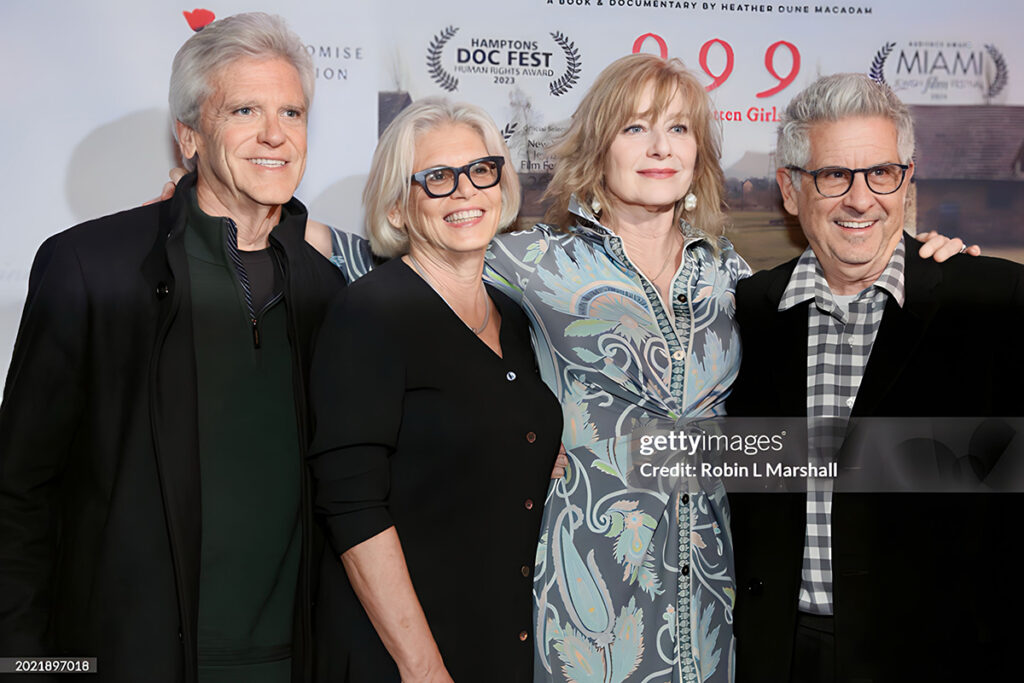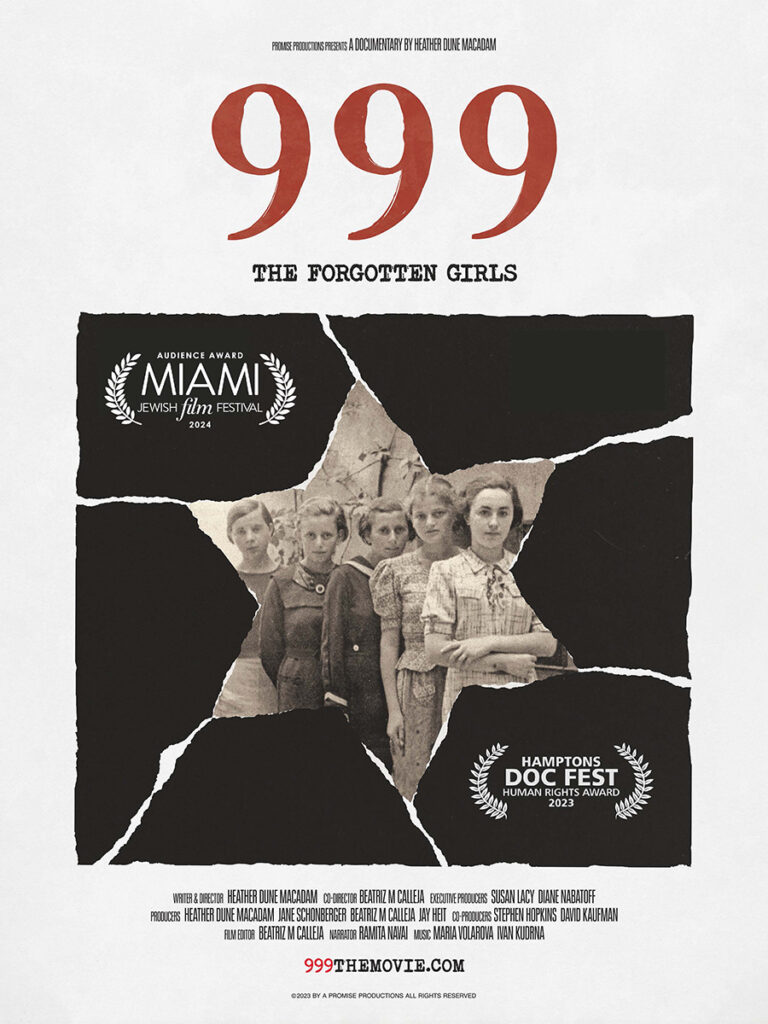Q&A: George Morency ’76 and the 999

George Morency ’76 is a filmmaker with decades of experience telling stories for televisions audiences and Fortune 500 companies. He recently teamed up with first-time director Heather Dune Macadam as a production consultant, videographer, and music supervisor for 999, a documentary based on Macadam’s book of the same title.
999 tells the little-known story of the 999 unmarried Jewish women who registered to work in a government shoe factor and ended up as the first official transport to Auschwitz. The film will be screened Thursday, March 7, at the Vilna Shul in Boston (event is sold out).

We talked to Morency about the film, his role as music supervisor, and why the story resonates.
Emerson Today: You’re a music supervisor and consultant on 999. How did you come to this project?
George Morency: I’ve known writer/director Heather Dune Macadam for many years, and have been a fan of her work since the publication of her first book, Rena’s Promise, a memoir co-written with Holocaust survivor Rena Kornreich Gelissen, who was on the first transport from Slovakia to Auschwitz in 1942.
It was during this research that Heather discovered there were other survivors from that first transport, and that they were all girls and young women. She wrote 999: The Extraordinary Young Women of the First Official Jewish Transport, which became an international bestseller, translated into 19 languages. My wife, Jane Schonberger, and I encouraged her to film the interviews, and Heather decided she wanted to direct a film based on her work. Jane signed on to produce and I provided some early B-roll camera work. I’ve always enjoyed working with sound, music, and picture — personally and professionally — and when the opportunity arose, came onboard to supervise the film’s music and sound.
ET: How did you go about sourcing the music? Were there special considerations given the weightiness of the topic?
GM: Temp music was initially used to provide first-time director Heather and her editor/co-director Beatriz Calleja tempos to tell the story. On one of her trips to Slovakia, Heather attended a musical performance by Maria Volarova, and asked her to collaborate on some scenes. She recorded a version of the Slovakian national anthem for a sequence in the film and worked with a girls’ choir while arranging other pieces. We liked it so much that we requested more and eventually decided to use almost all original music to score the film.
Maria joined forces with her professional partner, Ivan Kudrna, to score the film using both original compositions and original arrangements of Slovakian and Israeli folk music to better reflect the cultural feel of the story. Both very talented musicians, this was the first time they produced a film score, so I was tasked with guiding them through the process. Working across many time zones, we held many long Zoom meetings to review script, edit sequences, and discuss the role and length of each music cue and appropriate instrumentation. Audiences all remark on how well the score works and we are considering releasing the music as a stand-along soundtrack.
ET: There have been numerous books and films about the Holocaust but this particular story is little known. Why do you think that is?
GM: We address this question in detail throughout the film. It boils down to the fact that the Nazis, and by association the Slovak government, had little regard for women and children, and felt they could easily exploit them. They believed that by eradicating Jewish girls and women, they could eradicate the Jewish race for their Final Solution. Very few records existed and the story was buried for decades – primarily because history is most often written by and about men.
ET: What have audiences been saying so far?
GM: We’ve just started the film festival circuit and have received a very strong response to the film – from standing ovations to sold-out screenings and high audience ratings.
After the film some audience members are in tears and often linger in the theater to talk about the film and commune about what they just witnessed.
And we’ve received recognition from the festivals themselves, including an Audience Award at the Miami Jewish Film Festival and the Human Rights Award at the Hamptons Doc Fest. While the film details a very specific historic event, we’re finding that audiences relate viscerally to the girls/women featured in the film and viewers – especially younger ones who may not be as familiar with Holocaust history – are completely drawn in to the story and survivors who are interviewed.
Categories